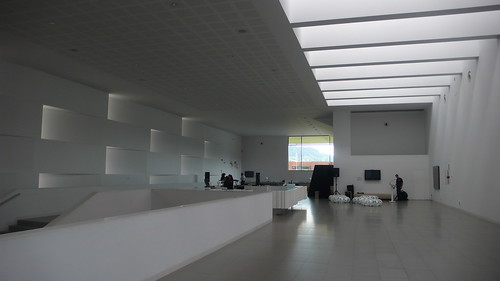Labor Demand?
Labor #Labor

SATURDAY PUZZLE — This is a cool, self-assured puzzle from David P. Williams, his first for The Times; there’s a low word count (66) and an excellent crosshatch of 11-letter entries in its center. There’s a sense of humor throughout the puzzle that works well on a Saturday, as well. I love the small volley of “ollys” in the middle and FAYE and FIE next to each other (with a “Giant” reference in one clue), and a lot of the trivia clues are fresh and intriguing.
In my solve, that trivia helped make a scaffold on which to work out the grid pretty evenly, although I got stuck in the southeast corner (betrayed by my sparse knowledge of Taylor Swift’s love life).
Tricky Clues
19A. This is a long clue for a common entry, and if you noodled it around and tried to solve it before crossing letters filled it in, power to you. “Word shortened from a three-word phrase that can be further shortened by dropping its first, fourth and fifth letters” is EMCEE, which starts as “master of ceremonies” and finds its briefest iteration as just “MC.”
31A./46A. “Embellish something unnecessarily” is a good clue for this long entry. The solution is a specific idiom but there are multiple possibilities here, including “hyperbolize,” which sounded good to me. The correct answer is GILD THE LILY, a reference to the singer of “Smile” getting a “Bronze finish, maybe,” also known as a SPRAY TAN. (This is apocryphal, of course, but so is the expression; it’s a mangled quotation from Shakespeare’s “King John.”)
3D. This one takes us back to the golden age of the internet, when its very existence was dazzling: A “Meme creature” is a LOLCAT. Now, “LOL” dates to at least the 1980s (when it was often pronounced letter by letter — ell oh ell), and cats have been laughing for far longer (Bastet, of ancient Egypt, even wears a winsome smile at times). But the early 21st century unleashed a menagerie of walruses clutching buckets, rabbits wearing pancakes and, of course, a lot of cats (which have now been commodified into NFTs.)
14D. This is the second crossword appearance of this entry, after a Saturday debut about five years ago — it rang a bell for me, probably for that reason. A “Permit required of old jazz musicians” is a CABARET CARD, and they weren’t eliminated in New York City until 1967.
21D. What a great clue and entry; this has never appeared in a Times puzzle, in singular or plural form. “They come full circle” refers to CLOSED LOOPS. These include situations where a process works off feedback in an automatic, self-sufficient way (like a thermostat, for example), or when every material used in a process has a purpose and there’s no waste (like a perfect recycling system).
37D. This is one of a handful of evenly tough clues in this corner of the grid. There aren’t any debuts or obscurities here, but I found very little to grasp hold of in either the Acrosses or the Downs. “N.S.A. surveillance program that shares its name with an entity in the ‘Terminator’ movies” is probably an easy clue for some because of its specificity, but I didn’t know enough about the films or the program, which is called SKYNET, to solve this without crossing letters.
Constructor Notes
This puzzle is the first in a series of 66-worders — all with identical grid topologies — inspired by Wallace Stevens’s “Thirteen Ways of Looking at a Blackbird.”
Want to Submit Crosswords to The New York Times?
The New York Times Crossword has an open submission system, and you can submit your puzzles online.
For tips on how to get started, read our series, “How to Make a Crossword Puzzle.”